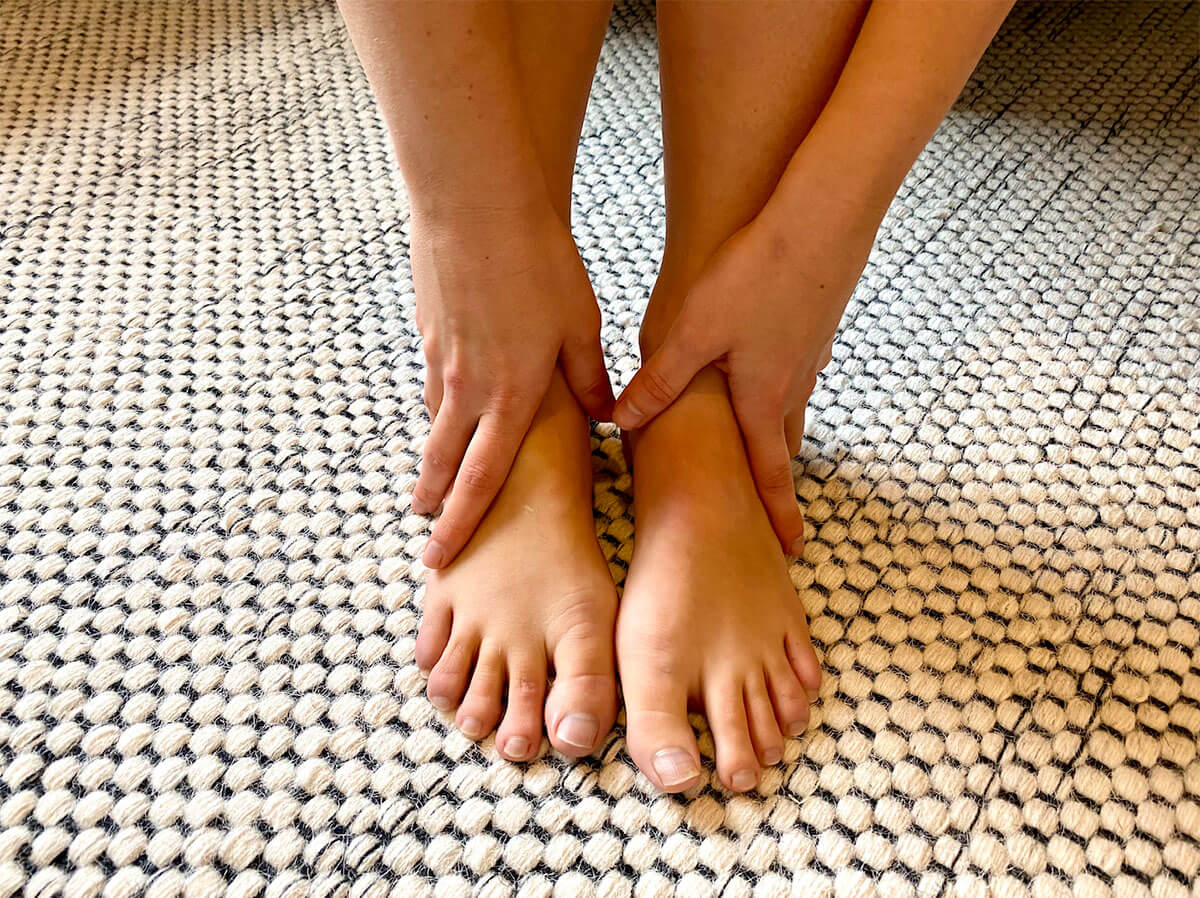Have you been struggling with back pain that just will not go away? Maybe you have been to physio and it has not quite got rid of it? Or maybe you think you do not have time to change it?
At Complete Pilates we see thousands of people with problems just like these.
Meet Mr Alexander Montgomery. Below, he is answering all the questions we hear on a daily basis in the studio and online! Remember, if you want to know more just ask us.
We are trying to make your rehabilitation and treatment as clear as possible so have put together this patient information handout. Please feel free to contact us if you have any questions.
What are the different types of back injuries?
Back pain is sometimes caused by injury to specific tissues although we know that pain can occur without specific tissue damage.
There are different tissues in the back that can be injured and that can sometimes lead to back pain. These injuries can affect:
- Discs: this is very common and is often due to normal age-related changes.
- The joints: problems with your facet joints between the vertebrae are common just like other joints in the body.
- Ligaments: for example, when you are lifting excessive weight, this can be similar to spraining a ligament in your ankle.
- Muscle: strains or tears can occur in sport, or sometimes when doing normal daily activities.
- Bones: fractures (breaks) are much less common and usually related to more severe accidents or conditions affecting the structure of the bones such as Osteoporosis.
- Nerve or spinal cord injury: this is very uncommon and is usually related to a high impact accident.
As we have discussed, symptoms of a disc prolapse often recover on their own. However, it can cause progressive weakness in the limbs. If you are experiencing this or leg pain with incontinence, problems going to the toilet, numbness in your saddle area or problems walking due to numbness and weakness it may be an emergency, so it is advised you go immediately to A&E.
How can I prevent a back injury?
You can prevent back injuries in lots of ways. The main thing to remember is to stay active and make sure that your activity level matches your goals. For example, if you just want to make your normal life tasks easier, why squat and deadlift 100kgs? Stop at half your body weight and instead do single leg options. A Physiotherapist can advise on what are going to be the most appropriate exercises for your goals.
Other things that you can do include:
- If you are carrying excessive weight, try losing some. You should consult a dietician or healthcare provider for the best way to do this. Fast diets are not normally the answer for long term health.
- Stop smoking. It has been shown that smoking increases the rate at which our discs degenerate which may contribute to injury and pain.
- Use the correct technique in your training. You should ask your Physiotherapist or Pilates instructor to look at your technique or recommend you to an appropriate strength and conditioning coach.
- If you are mostly desk-based, ensure your workstation is well set up and your posture is well supported by your chair. Try not to just sit still but move regularly, ideally every 20 minutes.
- Avoid repetitive and long car, train, and plane journeys. Doing these on a regular basis can increase the stresses on your back in the longer term due to the limitation of movement.
- Engage in exercises to improve your movement, flexibility, stability and strength. One to One Pilates with an appropriately trained instructor is an excellent way of doing this!
- Keep active but do the right exercises for you. If you are training for a marathon, it is not just running which will help you with this. Although you need to do a certain number of miles, use variety in your training and include non-impact work including swimming and weight training.
- Listen to your body. If an activity causes you discomfort, stop it and think why this may be. In in doubt ask your Pilates instructor or physiotherapist.
How can I manage my back pain at home?
There are many things that you can do by yourself. However, if you are unsure of what you have done, or how to help yourself, the best thing to do is see a Physiotherapist. They can point you in the right direction and will give home-based exercises and advice which will help. If further investigation is required, they may refer you to a specialist.
In general, you can follow these tips:
- Keep yourself mobile. Do gentle stretches so that you do not stiffen up. Anything which feels good is normally worth doing!
- Take anti-inflammatories and painkillers as long as there is no medical reason why you can’t.
- Reduce the amount of lifting you are doing.
- Use hot or cold packs, both can help to reduce pain and relieve muscle tension.
- See a Physiotherapist if your symptoms continue.
- Stay away from impact exercises such as running until your physiotherapist says you can return.
- See a Consultant if your symptoms don’t improve within a six-week period. They will clinically assess you and send you for any relevant scans to ensure an accurate diagnosis. Your physiotherapist should be able to recommend you someone and should send a clinic letter prior to your assessment.
When should I see a specialist for back pain?
Usually symptoms will significantly improve within six weeks with self-care, Physiotherapy and time. If you are not improving after six weeks you should ask to see one. If you have weakness in the limbs, difficulty with balance or walking, or problems with incontinence and going to the toilet, you should seek medical attention immediately.
Who should I see if I hurt my back?
If you have no weakness in the limbs, problems with balance or walking, incontinence or difficulty going to the toilet, your Physiotherapist or Osteopath should be the first port of call for an assessment and advice. They can guide you on exercises and provide manual treatment which can help to settle your symptoms.
Education is key:
These blogs are designed to give information to everyone, however, it is important to remember that everyone is different! If you have not seen one of our therapists and have any questions about injuries, what you have read or whether this may be useful to you, please just ask. We are more than happy to help anyone and point you in the right direction. Our biggest belief is that education is key. The more you understand about your injury, illness and movement, the more you are likely to improve.





